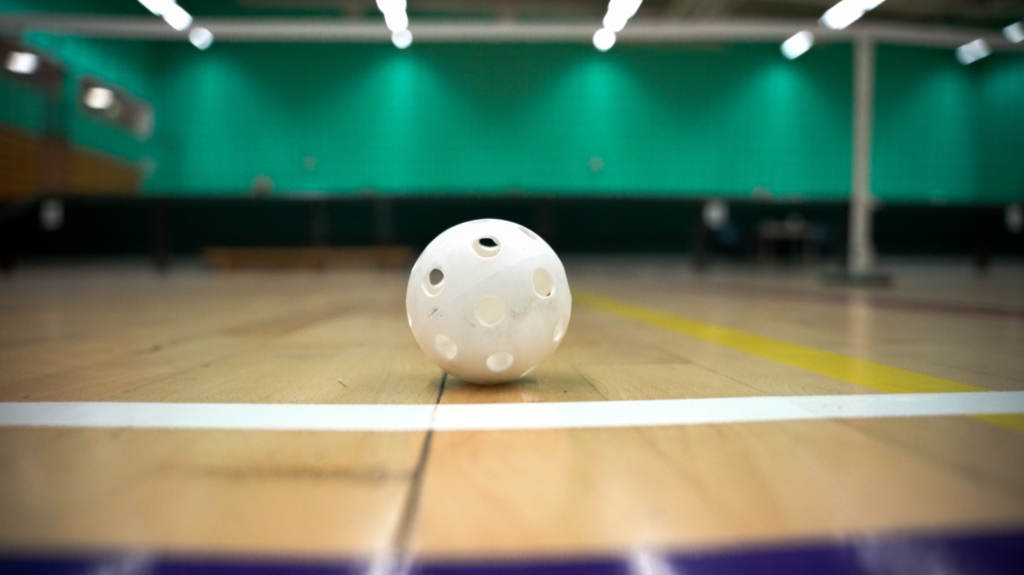
In this guide, we will delve into the similarities and differences between pickleball and racquetball, two dynamic racquet sports that provide hours of enjoyment. Whether you’re a beginner looking to try a new sport or a seasoned player seeking a fresh challenge, both pickleball and racquetball offer unique experiences on the court.
Sport Populartiy:
Pickleball is definitely growing past racquetball when it comes to popularity. In fact, pickleball is considered to be the fastest growing sport in the world. With over 4.8 million active players in the US alone, there is no denying its increasing popularity. On the other hand, racquetball has around 3.5 active players in the US. The difference is pretty significant considering how new the pickleball trend is compared to racquetball.
Court Dimensions:
Pickleball is typically played on a smaller court, roughly one-fourth the size of a tennis court. It has specific dimensions, including a non-volley zone near the net. Racquetball courts are quite different looking when compared to pickleball courts. Racquetball is played on a larger court, similar in size to a squash court. The walls are also an integral part of the game, as the ball can be played off them.
Beginner-Friendliness:
Pickleball is generally considered more beginner-friendly and accessible for newcomers due to its easier learning curve, slower pace, and emphasis on strategy over physicality. Racquetball may have a steeper learning curve, especially with wall shots and faster gameplay.
Community:
Both pickleball and racquetball have active and passionate communities. However, pickleball has experienced significant growth and has a larger community with more opportunities for social interaction and organized events.
Shot Selection Opportunities:
Racquetball offers a greater variety of shots and shot selection opportunities due to the ability to hit the ball off the walls. Players can use angles and spin to create different shots and strategies. Pickleball has more limited shot selection options due to the restrictions of the non-volley zone and the nature of the game played primarily on a flat surface.
Physical Demands:
Both sports require agility, quick reflexes, and hand-eye coordination. Racquetball tends to be more physically demanding due to its faster pace, longer rallies, and the need for constant movement around the court.
Scoring System:
Pickleball typically employs a rally scoring system, where points can be won by both the serving and receiving teams. The first side to reach 11 points with a two-point lead wins the game. Racquetball generally uses a traditional scoring system, where only the serving side can score points. Games are typically played to 15, 21, or 11 points, depending on the level of play.
Gameplay Rules & Strategies:
Pickleball is played with a serve that must be underhand and made diagonally crosscourt. The ball must bounce once on each side before volleys are allowed. There is a non-volley zone near the net where players cannot hit volleys. Racquetball serves are typically hit overhand and can be made to any part of the front wall. Players can hit the ball in the air without letting it bounce and can also utilize the walls for shots.
Equipment:
Pickleball uses paddles, which are solid-faced and typically made of materials like graphite or composite. The paddles have a shorter handle and are generally lighter compared to racquetball racquets. Racquetball uses solid-stringed racquets with longer handles and a larger striking surface. Racquets are typically heavier than pickleball paddles. The balls used in pickleball are plastic with small holes, similar to a wiffle ball. Racquetball uses a smaller, solid rubber ball.
Conclusion...
Pickleball and racquetball are both great sports that we highly recommend you try. They seem to have many similarities at first glance, but you soon realize they are totally different. Pickleball is our favorite of the two for its growing popularity, beginner-friendliness, and awesome community.